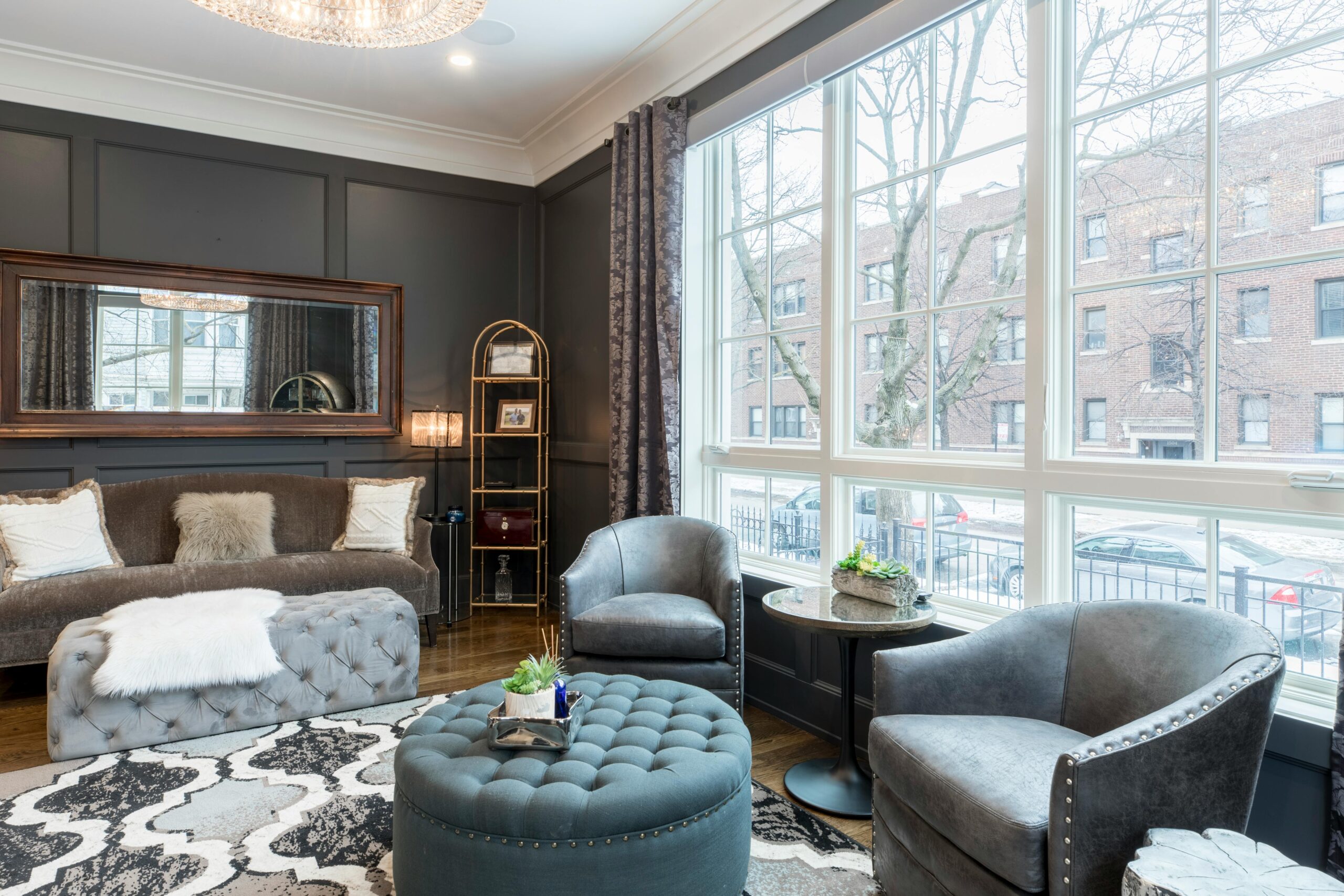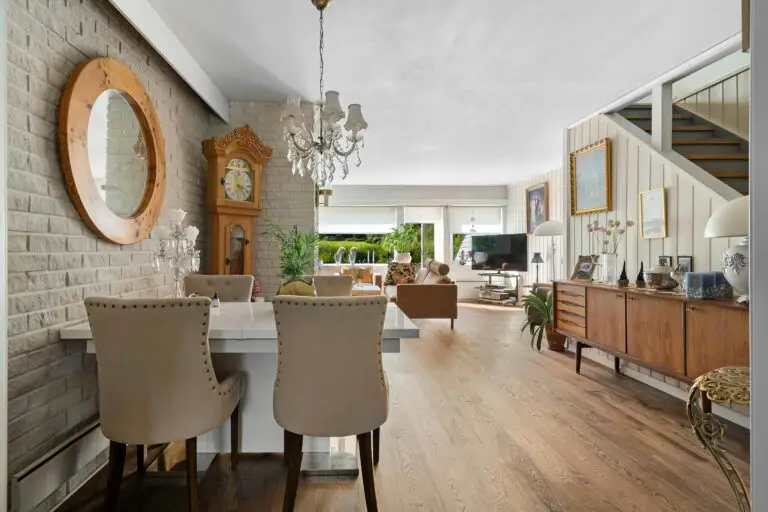Windows are not just openings to the outside world; they also play a crucial role in shaping the aesthetic and atmosphere of your home. The right window treatments can transform a room, adding warmth, texture, and personality while also providing practical benefits like privacy, light control, and insulation.
In this article, we’ll guide you through the process of how to choose the right window treatments for your home. We’ll explore different types of treatments, discuss key considerations, and offer tips for finding the perfect balance between form and function.
Understanding Different Types of Window Treatments
Before you can choose the perfect window treatments for your home, it’s essential to understand the different types available and their unique features.
1. Curtains and Drapes: Curtains and drapes are versatile window treatments that come in a wide range of styles, fabrics, and lengths. They can add softness, color, and texture to a room while also providing varying degrees of privacy and light control.
2. Blinds: Blinds are horizontal or vertical slats that can be adjusted to control light and privacy. They come in a variety of materials, including wood, faux wood, aluminum, and vinyl, offering different levels of durability and aesthetic appeal.
3. Shades: Shades are fabric window coverings that can be raised or lowered to control light and privacy. They come in various styles, including roller shades, Roman shades, and cellular shades, each offering different levels of insulation and light filtering.
4. Shutters: Shutters are solid panels or louvers that are attached to the inside or outside of windows. They can be opened or closed to control light and ventilation and come in a range of materials, including wood, vinyl, and composite.
Factors to Consider When Choosing Window Treatments
When selecting window treatments for your home, it’s essential to consider several factors to ensure you make the right choice for your space and lifestyle.
1. Style: Consider the overall style and decor of your home when choosing window treatments. Whether your aesthetic is modern, traditional, or eclectic, select treatments that complement the existing decor and enhance the overall ambiance of the room.
2. Functionality: Think about the primary function of the window treatments. Do you need them to provide privacy, block out light, or insulate against heat and cold? Choose treatments that meet your specific needs while also offering flexibility and ease of use.
3. Light Control: Determine how much natural light you want to let into the room and select window treatments that offer the level of light control you desire. Sheer curtains, for example, will filter light gently, while blackout curtains will block out light entirely.
4. Privacy: Consider the level of privacy you need in each room and choose window treatments accordingly. Sheer curtains may be sufficient for a living room, while bedrooms and bathrooms may require more substantial treatments like blinds or shades.
5. Budget: Set a budget for your window treatments and explore options that fit within your financial constraints. Remember to factor in not just the initial cost of the treatments but also any long-term maintenance or replacement expenses.
Conclusion
Choosing the right window treatments for your home is an important decision that can enhance both the aesthetic and functionality of your living space. Whether you opt for curtains, blinds, shades, or shutters, the key is to find the perfect balance between form and function.
So take your time, explore your options, and don’t be afraid to mix and match different treatments to achieve the perfect look for each room in your home.
Frequently Asked Questions (FAQs)
1. How do I choose the right color and fabric for curtains or drapes?
When choosing the color and fabric for curtains or drapes, consider the existing color palette and decor of the room. Opt for fabrics that complement the furnishings and add texture and visual interest to the space. Lighter colors can make a room feel more spacious and airy, while darker colors add warmth and coziness.
2. What type of window treatments are best for energy efficiency?
For energy efficiency, consider window treatments that provide insulation and help regulate indoor temperatures. Cellular shades, also known as honeycomb shades, are an excellent choice as they trap air in their cellular pockets, providing an extra layer of insulation. Additionally, lined curtains or drapes can help reduce heat loss in the winter and block out heat in the summer.
3. How can I ensure a cohesive look when using different types of window treatments throughout my home?
To achieve a cohesive look when using different types of window treatments throughout your home, stick to a consistent color palette and style. Choose treatments that complement each other and the overall decor of the house. For example, if you have blinds in one room, consider using the same style or color in adjacent spaces to create a sense of continuity.
4. What are the best window treatments for a room with a beautiful view?
When you have a room with a beautiful view, you’ll want window treatments that enhance rather than obstruct the scenery. Consider sheer curtains or shades that allow plenty of natural light to filter through while still providing privacy when needed. Alternatively, opt for treatments that can be easily opened or pushed aside to fully enjoy the view, such as curtains with tie-backs or retractable blinds.



